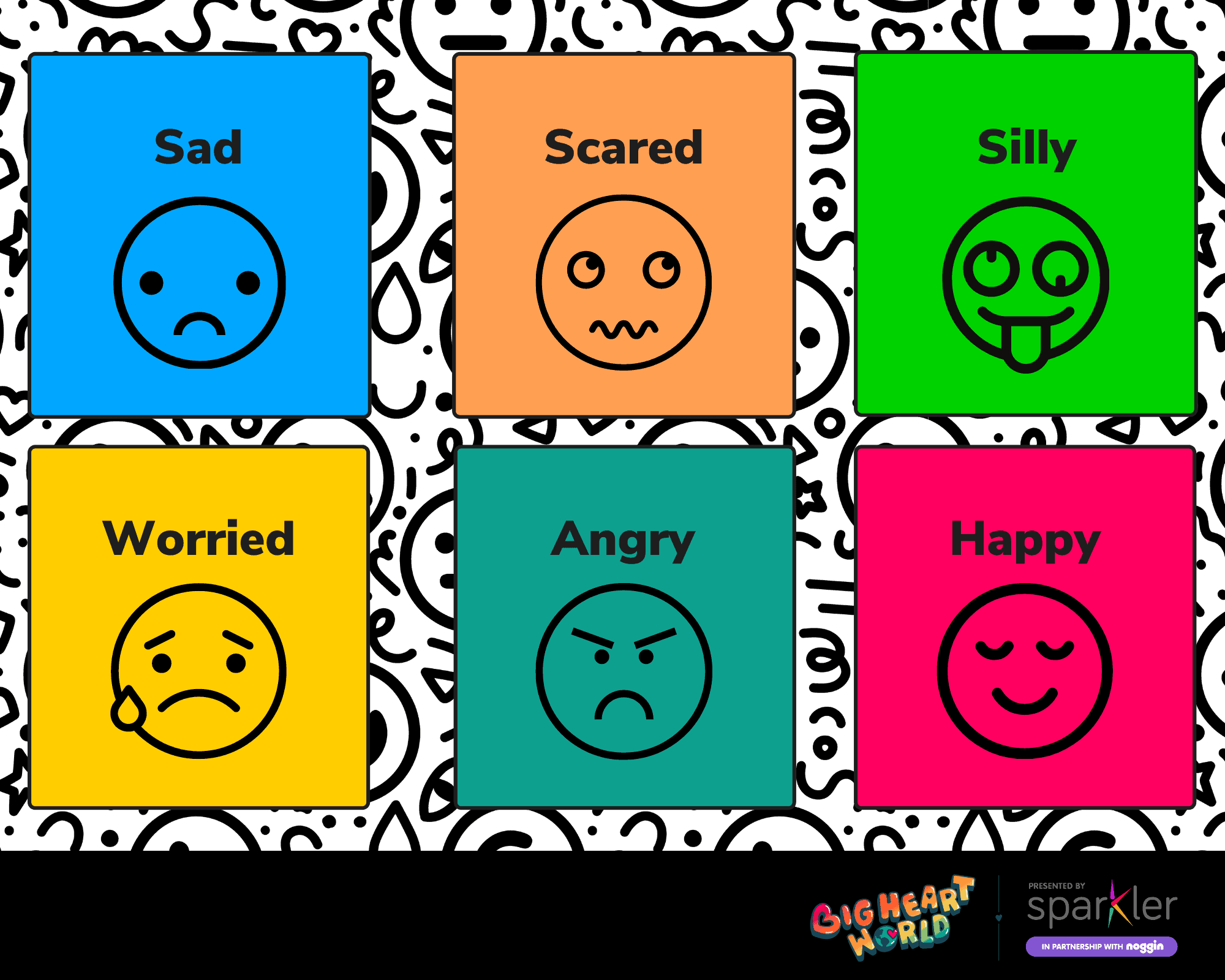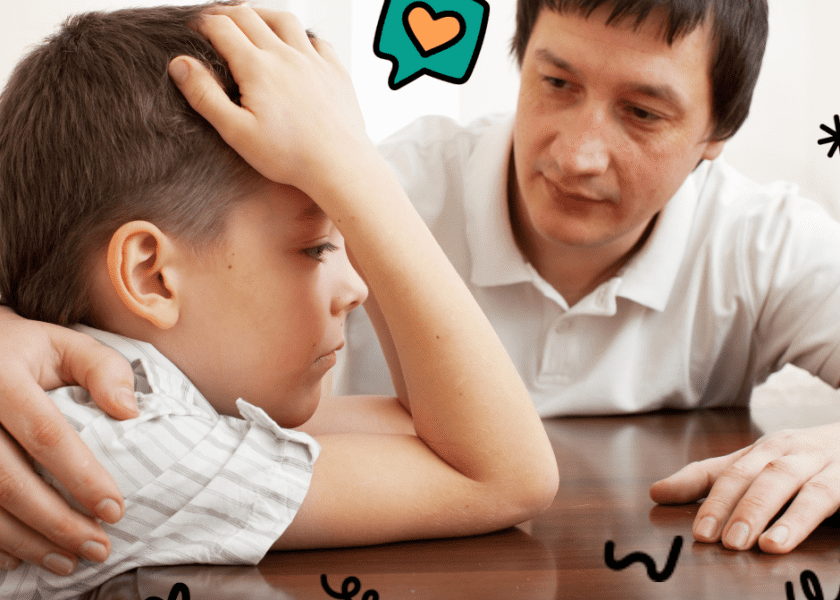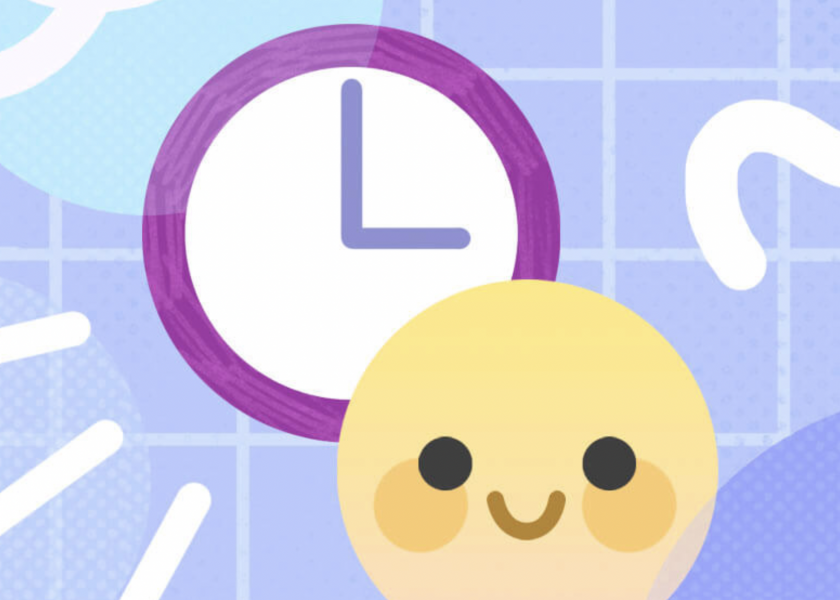Feelings Memories
Sometimes Mummy Pig tells Peppa what she is thinking or feeling.
Sharing your own feelings and experiences with a child is a great way to help them identify and manage their own emotions.
When grown-ups talk about feelings and how they manage them, they help children learn the words to express their own feelings — and they also become “feelings role models,” showing children how to cope with feelings.
Try playing this activity to help everyone in the family practice communicating how they feel.
Tip for Parents and Caregivers: Talking about feelings boosts children’s developing brains! Practicing the words to label feelings improves children’s knowledge of emotions (Salmon, Evans, Moskowitz, Grouden, Parkes, and Miller, 2013) and having conversations about emotions makes them more likely to share and help others (Ornaghi, Grazzani, Cherubin, Conte, and Piralli, 2015).

Feelings Memories
Materials
- Feeling words PDF
- Coin or game piece to toss
Instructions
- Let’s print out the feelings grid — or make our own — to get ready to play. Before we start, let’s read each word on the grid and make sure we know what it means.
- It’s your turn: toss a coin or other small object onto the feelings grid. What feeling did the coin land on?
- Now tell a story about a time when you had that feeling — it could be from earlier today, last week, or last year! Tell me what made you feel that way and what you did about it.
- Now it’s my turn! I’ll toss the coin and we’ll see what feeling I land on. I’ll tell you something from my feelings memory.
Vocabulary
Remember: to bring to mind
True: correct, exact Please download the feelings grid to play.


